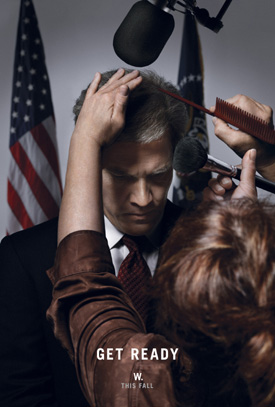Economic Crisis and the Movies
Posted on October 25, 2008 at 2:59 pm
Hundreds of news articles are referring to our current economic crisis as the worst since the Great Depression of the 1930’s. Movies were just coming of age in that decade. The first talkie was “The Jazz Singer” in 1927 and the first three-strip Technicolor film was “Becky Sharp” in 1935. So the first big contemporary story told in movies was about the Depression and films as varied as Meet John Doe, Swing Time
, Mr. Deeds Goes to Town
, The Grapes of Wrath
, Sullivan’s Travels
, Gold Diggers of 1933
, Modern Times
, and The Poor Little Rich Girl
with Shirley Temple, the Depression era’s top box office star, both reflected and influenced their time.
In The Guardian, David Thomson writes about the classic films of the 30’s and his pessimism that the current economic struggles will produce anything as enduring.
In 1930, the talent in American pictures was from literature, the theatre and journalism, with educated backgrounds and a shared sense of the moral identity in being American. Today’s talent consists of absurdly rich young people who have made the hits of the past dozen years. They know very little about life, except what they have to lose. Those people and much of the audience have lost the habit, or even the memory, of hard times.
While we might not see anything like Ginger Rogers singing “We’re in the Money” in pig latin during the recovery from this economic upheaval, history has shown that the toughest times most often produce the greatest art. Furthermore, just as technology transformed the movies of the 1930’s, changes that it possible for people to create and distribute movies outside the studio system are opening up the chance to share stories and ideas to a much broader range of people from a much broader range of backgrounds than was possible 80 years ago. I look forward to seeing what hardship inspires. And in the meantime, we can still enjoy Ginger singing about how she’s in-way the oney-may.

